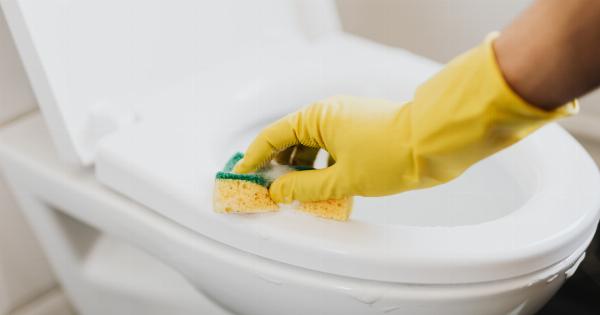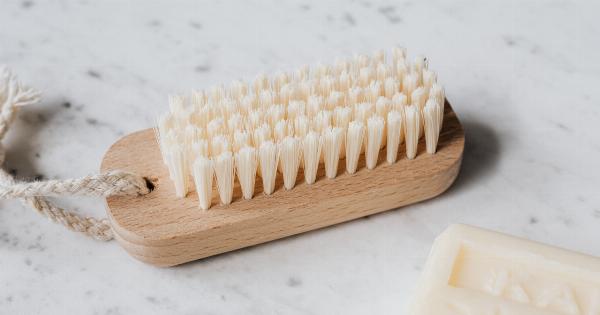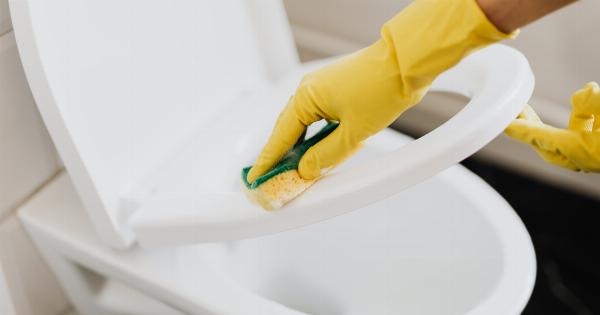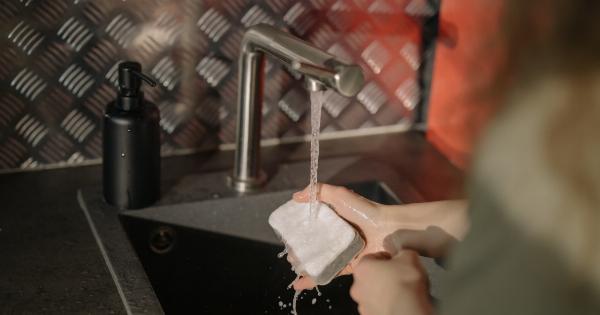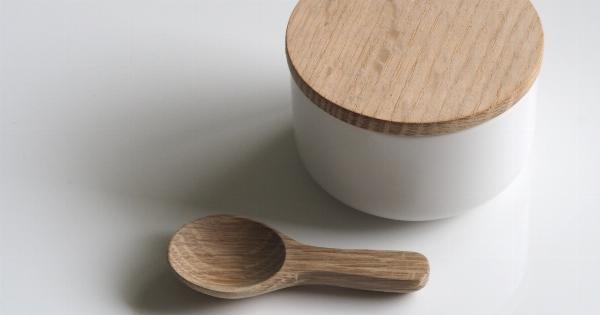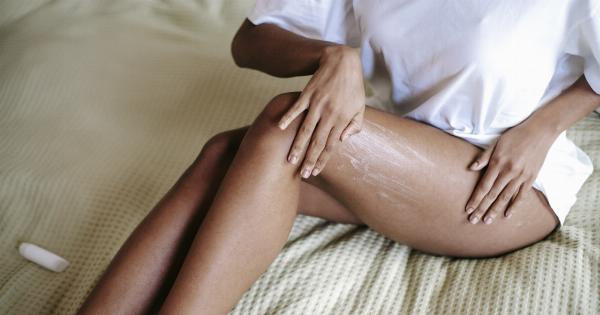When you hear the word “dirt”, the first thing that comes to your mind is probably the soil, mud, or grime that you can see on your clothes, shoes, or hands.
However, there are many things in your house that are dirtier than they appear, and that you’d never suspect as sources of germs, bacteria, or allergens. In this article, we’ll take a closer look at some of the dirtiest things in your house that you had no idea about, and what you can do to keep them clean and safe for your health.
Your Kitchen Sponge
Although you may think that using a sponge to clean your dishes, countertops, or floors is a good idea, the reality is that sponges are notorious for harboring bacteria that can cause infections and illnesses.
According to a study published in Scientific Reports, the average kitchen sponge may contain up to 45 billion microbial cells per cubic centimeter, which is more than the amount of bacteria found in a toilet. To avoid spreading bacteria from your sponge, you should use it only for a few days, then replace it or disinfect it by microwaving it for one minute or soaking it in a solution of bleach and water.
Your Toothbrush Holder
If you’re like most people, you probably keep your toothbrush and toothpaste in a holder on your bathroom sink.
However, did you know that your toothbrush holder may be one of the dirtiest things in your house, due to the fact that it’s often wet, poorly ventilated, and located near the toilet? A study conducted by the National Sanitation Foundation found that the average toothbrush holder contains more than 2 million bacterial cells per square inch, including E. coli, salmonella, and staphylococcus. To clean your toothbrush holder, you should wash it in hot soapy water once a week, and let it dry completely before using it again.
Your Phone
You may not realize it, but your phone is a magnet for dirt, germs, and bacteria, due to the fact that you touch it dozens of times a day, and often leave it on unclean surfaces such as your kitchen counter, your bedside table, or your car seat.
According to a study conducted by the University of Arizona, the average phone contains 10 times more bacteria than a toilet seat, and can host up to 17,000 bacterial gene copies per square inch. To keep your phone clean, you should wipe it with a disinfectant wipe or a solution of water and vinegar regularly, and avoid using it in places where it’s likely to get dirty.
Your Microwave
When was the last time you cleaned your microwave? If you can’t remember, it’s time to do it, because your microwave may be one of the dirtiest things in your house, due to the fact that it’s often used to heat up food and drinks, which can leave spills, splatters, and stains that accumulate over time. According to a study conducted by NSF International, the average microwave harbors more than 900 bacterial cells per square inch, including E. coli and salmonella.
To clean your microwave, you should remove any food residue or debris, then wipe it with a solution of water and vinegar, or a commercial cleaner that’s safe for your appliance.
Your Bed Sheets
Although you may think that washing your bed sheets once a week is enough to keep them clean and fresh, the reality is that your sheets are likely to be dirtier than you imagine, due to the fact that you shed skin cells, sweat, and hair every night, which can attract dust mites, bacteria, and fungi. According to a study conducted by the University of Manchester, the average bed sheet can harbor up to 1.5 million bacterial cells per square inch, including staphylococcus aureus, which can cause skin infections, pneumonia, and sepsis.
To keep your bed sheets clean, you should wash them in hot water once a week, dry them in a dryer, and avoid sleeping with pets or wearing clothes to bed.
Your Carpets
If you have carpets in your house, you may be surprised to know that they can be one of the dirtiest things in your house, due to the fact that they collect dust, dirt, pollen, and pet dander that can trigger allergies, asthma, or respiratory problems.
According to a study conducted by the National Center for Healthy Housing, the average carpet can harbor up to 200,000 bacteria per square inch, as well as mold spores, dust mites, and volatile organic compounds (VOCs) that can cause headaches, nausea, or dizziness. To keep your carpets clean, you should vacuum them at least once a week, use a HEPA filter, and have them professionally cleaned once a year.
Your Pet’s Bowl
If you have a pet, you probably feed it from a bowl that you refill with food and water every day.
However, did you know that your pet’s bowl may be one of the dirtiest things in your house, due to the fact that it’s often left out for long periods of time with food and water residue that can attract bacteria and insects? According to a study conducted by NSF International, pet bowls can harbor pathogens such as salmonella, E. coli, and listeria, as well as mold and yeast that can cause allergies and infections. To keep your pet’s bowl clean, you should wash it in hot soapy water or run it through the dishwasher every day, and avoid refilling it until it’s completely dry.
Your Refrigerator
Your refrigerator is where you keep your food fresh and safe, but it can also be a source of dirt, germs, and food-borne illnesses if you don’t clean it regularly.
According to a study conducted by NSF International, the average refrigerator can harbor up to 8,000 bacterial cells per square inch, including salmonella, listeria, and E. coli. To keep your refrigerator clean, you should wipe it with a solution of water and baking soda or vinegar every week, and remove any expired or moldy food that can contaminate other foods.
Your Bathroom Faucet
You probably use your bathroom faucet several times a day to wash your hands, brush your teeth, or shave, but do you know how dirty it can be? According to a study conducted by the Journal of Applied Microbiology, the average bathroom faucet can harbor up to 2,733 bacterial cells per square inch, including pseudomonas aeruginosa, which can cause skin infections, pneumonia, and urinary tract infections. To keep your faucet clean, you should wipe it with a disinfectant wipe or a solution of water and bleach every day, and avoid touching it with wet or dirty hands.
Your Computer Keyboard
If your work involves using a computer, you may be surprised to know that your keyboard can be one of the dirtiest things in your house, due to the fact that it’s often touched by multiple people, and accumulates crumbs, dust, and oils from your fingers. According to a study conducted by the University of Arizona, the average computer keyboard can harbor up to 20,000 bacterial gene copies per square inch, which is more than the amount found on a toilet seat.
To keep your keyboard clean, you should wipe it with a disinfectant wipe or a solution of water and vinegar every week, and avoid eating or drinking near it.
Conclusion
As you can see, there are many things in your house that are dirtier than you may have thought, and that can pose a risk to your health and well-being.
To keep your house clean and safe, you should be aware of these hidden sources of dirt and germs, and take steps to minimize their presence and impact. By following the tips and guidelines we’ve provided in this article, you can reduce your exposure to harmful bacteria, allergens, and pollutants, and enjoy a cleaner, healthier living environment.








